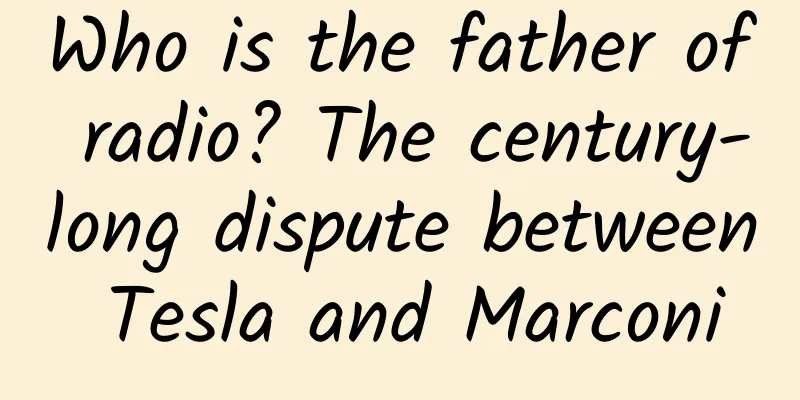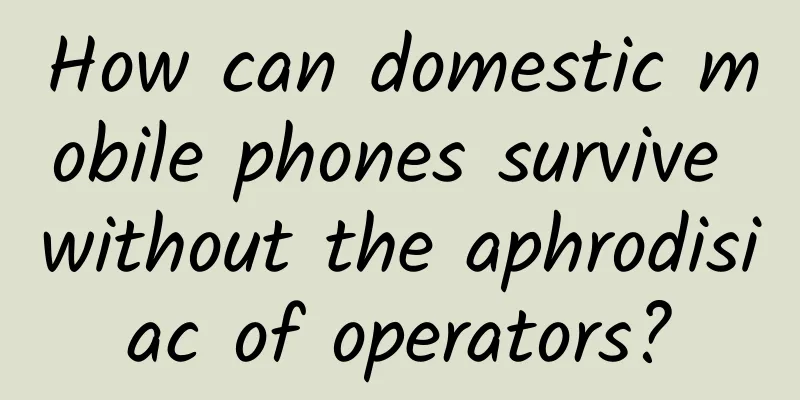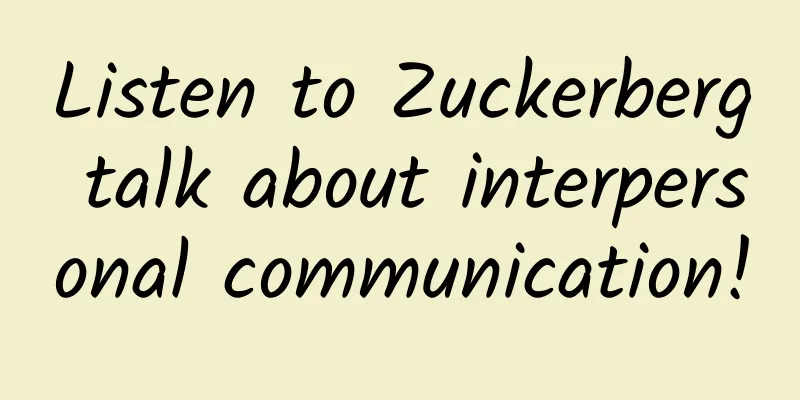Who is the father of radio? The century-long dispute between Tesla and Marconi

|
Who invented radio communication first? Over the years, many people have claimed to be the first to invent radio communication technology, but the most well-known is Guglielmo Marconi, who is known as the "Father of Radio". When he was less than 20 years old, young Marconi was inspired by the paper of Hertz, the discoverer of electromagnetic waves, and began to try radio communication experiments. In the spring of 1895, Marconi began to explore the possibility of electromagnetic waves transmitting information. The following year, he successfully conducted a 14.4-kilometer communication experiment in the UK and applied for his own radio commercial patent in the UK. On December 12, 1901, Marconi received the first transatlantic radio signal sent from the UK in Newfoundland, and mankind entered the radio age. The above is the most widely circulated version of the invention of radio communication technology. But there is another little-known story about radio, and the protagonist of the story is the familiar genius - Nikola Tesla. In the summer of 1893, Tesla demonstrated the world's first high-frequency oscillator, a radio transmitter, at the National Electric Light Union in St. Louis, Missouri. He described and demonstrated the basic principles of radio communication. In 1893-1894, Tesla made a series of reports detailing the six basic requirements for radio transmission and reception. He was awarded honorary doctorates by Columbia University and Yale University. In early 1895, Tesla was preparing to perform a radio signal transmission demonstration. However, on the morning of March 13, 1895, 48 hours before the performance, Tesla's laboratory on Fifth Avenue in New York suddenly caught fire, causing heavy losses. As a result, Tesla had to postpone the radio signal transmission demonstration. Three months later, the 21-year-old Marconi sent a radio signal 1.5 miles away, and in 1896 he came to London to publish the same radio report that Tesla had made in 1893. The patent dispute between the two geniuses began. On September 2, 1897, Tesla applied for a patent for radio tuning, and it was approved on March 20, 1900, with the number 645576. In 1900, Marconi submitted a patent application for a four-circuit tuning device to the U.S. Patent Office. Because of Tesla's patent, the U.S. Patent Office rejected Marconi's application. But strangely, the U.S. Patent Office revoked Tesla's radio technology patent in 1904 and approved Marconi's patent application instead. This move by the U.S. Patent Office was probably the result of the influence of Thomas Edison, Marconi's financial backer in the United States. In 1884, Tesla set foot on American soil for the first time. He came to New York with a letter of recommendation from his employer, Charles Batchelor, which was written to Thomas Edison. Charles Batchelor said in the letter: "I know two great people, one is you, and the other is this young man." Edison immediately hired Tesla after receiving the letter of recommendation. In 1885, Tesla proposed to redesign the ineffective DC generator in Edison's company. Edison promised Tesla that if he could do it, he would give him $50,000. After Tesla succeeded, Edison said he was just playing an "American joke." What really made the two people enemies was the "Current War". In 1888, Tesla invented the world's first alternating current generator. Because alternating current was low-cost, it severely hit Edison's direct current, which had been planned for a long time. The famous "Current War" in the history of invention broke out. On May 1, 1893, Tesla used his alternating current technology to light up 160,000 incandescent lamps at the Chicago World's Fair. The lit incandescent lamps announced that the final victory of the "Current War" belonged to Tesla, and also announced that Edison's direct current business was on the decline. Tesla also became a thorn in Edison's side. In 1901, Marconi started his own wireless telegraph company in the United States and won the support of Edison. Since Marconi's radio communication device used several Tesla patents including the Tesla oscillator, in order to retaliate against Tesla and avoid paying him huge patent royalties, Edison and Marconi lobbied the US Patent Office officials to revoke Tesla's wireless tuning patent many times. In 1904, the U.S. Patent Office revoked Tesla's patent without giving a clear reason and approved Marconi's patent application for a four-circuit tuning device. At this time, Tesla was fully committed to the transatlantic wireless power transmission project and had no time to care about other things. It was not until 1915, when Tesla's development of many new inventions failed one after another, leading to his bankruptcy, that he remembered that his radio patent had been revoked 11 years ago. Tesla immediately sued Marconi and his radio company. But it was too late. At this time, Marconi had become a guest of honor for capital giants and politicians from various countries. The U.S. Patent Office would not offend Marconi for a bankrupt electrical engineer. The lawsuit lasted for decades, until January 7, 1943, when the 86-year-old Tesla died alone at the Wyndham New Yorker Hotel, and the lawsuit still had no result. On June 21, 1943, less than six months after Tesla's death, the U.S. Supreme Court overturned the original ruling that recognized Marconi's invention rights, ruling that Tesla's radio patent was earlier than that of other competitors and that the radio patent should belong to Tesla. However, both parties had passed away at this time. This reversal of the case was also likely a decision made by the U.S. government in order to avoid paying huge patent royalties to Marconi during World War II. This radio war is just like the battle between Newton and Leibniz over calculus. Both sides independently researched and achieved the same goal, which benefited mankind. Who invented radio technology first? Maybe Tesla, maybe Marconi, but it doesn't matter. These two geniuses are technological pioneers that we need to remember. Without radio, the cornerstone of communication, at the very least, we would not have such a prosperous mobile Internet communication today. At the very least, humans might not have flown out of the earth until today. Thank them for all their contributions to the progress of mankind. This article is a work supported by the Science Popularization China Creation Cultivation Program Author: Hunan Science and Technology Press Reviewer: Han Lei, Senior Engineer of Communications Produced by: China Association for Science and Technology Department of Science Popularization Producer: China Science and Technology Press Co., Ltd., Beijing Zhongke Xinghe Culture Media Co., Ltd. |
Recommend
360 Mobile executives make their debut: Zhou Hongyi fights Lei Jun again
96 days after injecting US$409 million into Coolp...
Baofeng Video cannot become a reformer, so just accept your fate
After experiencing as many as 39 daily limit incr...
Is it really good for diabetics to drink camel milk?
Compiled by: Gong Zixin We know that people with ...
Application practice of cross-platform mobile framework UniApp
introduction The CRM transformation project requi...
How can products improve order conversion rates?
I'm back. Since I joined the new company in J...
How to promote user sharing and dissemination?
For internet dogs, it is easy to organize an even...
Understand these three reasons that slow down mobile applications before solving the problem
【51CTO.com Quick Translation】Generally speaking, ...
Jack Ma's speech in London: China will have 500 million middle class people in 10 years
[[152882]] According to foreign media reports, Al...
How to prevent user churn?
The main tasks of user operations include: user a...
A complete guide to 5 types of fission gameplay for user growth (Part 2)
A complete guide to 5 types of fission gameplay f...
Python tutorial "Python Zero Basics 30 Days Speed Pass" Basic Tutorial for Beginners
Training course video lecture content introductio...
Practical Post | Comprehensive analysis of “Zhihu channel distribution strategy”!
My first impression of Zhihu came from a question...
The same "fire-proof hood" in "Journey to the West", it turns out that everyone has seen it!
There is a story in Journey to the West, one of t...
Brand marketing promotion丨These 3 methods make products more popular with users!
Anyone who does marketing knows that with the cos...









